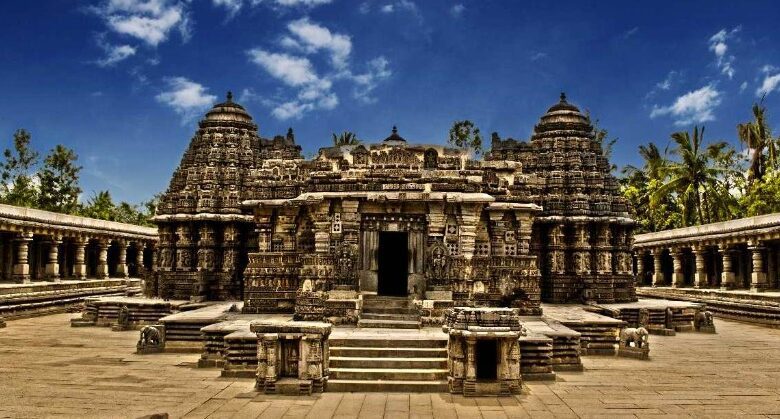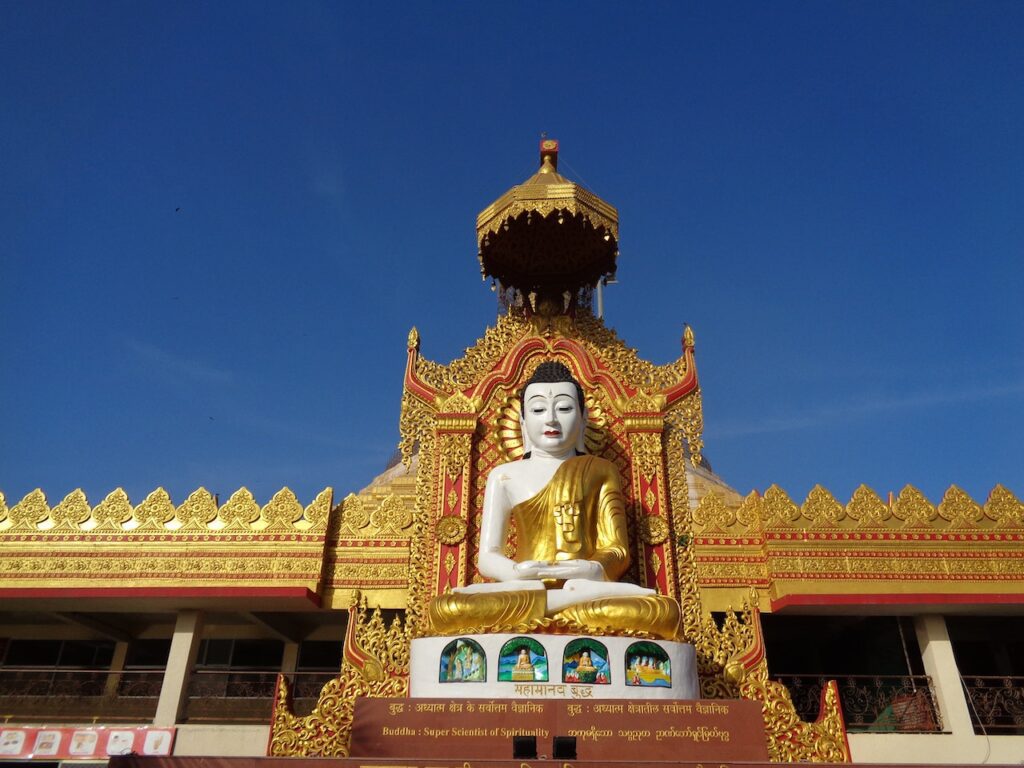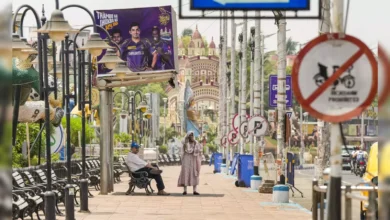UNESCO recognises Hoysala Temples of Karnataka as World Heritage sites
The temples, which were constructed in the 12th and 13th centuries, serve as examples of the talent and originality of the Hoysala era's artists and architects.

The Belur, Halebid, and Somananthpura regions of Karnataka are home to the Hoysala temples, which were added to the Unesco World Heritage list. On Monday, the news was posted to Unesco’s official X (formerly Twitter) account.
Since April 2014, the temples, also known as the “Sacred Ensembles of the Hoysala,” have been on the tentative list of Unesco. In January 2022, India’s official nomination for consideration as a World Heritage Site for 2022–2023 was made.
The temples, which were constructed in the 12th and 13th centuries, serve as examples of the talent and originality of the Hoysala era’s artists and architects.
Between the 10th through the 14th centuries, the Hoysala Empire controlled a sizable chunk of the present-day state of Karnataka. Initially situated in Belur, the empire’s capital later relocated to Halebidu.The Hoysala temples have substantial influences from the Bhumija style, which is frequently employed in central India, the Nagara traditions of northern and western India, and the Karnata Dravida mode, which was used by the Kalyani Chalukyas. They also have a fundamentally conventional Darvidian morphology. A entirely unique “Hoysala Temple” form was created as a result of the architects’ inspiration from many styles of temple design.
The shrines in the temples are distinguished by hyper-real sculptures and stone carvings that span the entire architectural surface, a circumambulatory platform, a large-scale sculpture gallery, a multi-tiered frieze, and statues of the Sala legend, according to the UNESCO website.
The news delighted people – UNESCO
When the news of the temples’ designation as a World history Site broke, Prime Minister Narendra Modi responded, “The timeless beauty and intricate details of the Hoysala temples are a testament to India’s rich cultural heritage and the exceptional craftsmanship of our ancestors.”
External Affairs Minister Dr. S. Jaishankar expressed his happiness over the Sacred Ensembles of the Hoysalas being added to the prestigious UNESCO World Heritage list in a congratulatory tweet. He feels that this award is a merited honour for our country’s rich tradition of art and architecture.
“If ever, poetry was carved in stone. It is in these monuments of India.” – India’s Permanent Representative.

The Hoysala architects made use of their extensive understanding of temple design from diverse regions of India, according to a prior statement from the Ministry of Culture.
Since it was founded in 1117 CE, worship, rituals, and celebrations have continued at the Chennakeshava temple. Krishna who is nice or generous is what Chennakeshava signifies in the kannada language. According to Vishal V Sharma, the Permanent Representative of India to UNESCO, these monuments are exceptional manifestations of spiritual purpose and tools for spiritual practise and achievement, situated in the Western Ghats.
Please, also have a look into : ‘Close temples if they perpetuate violence’: Madras High Court



